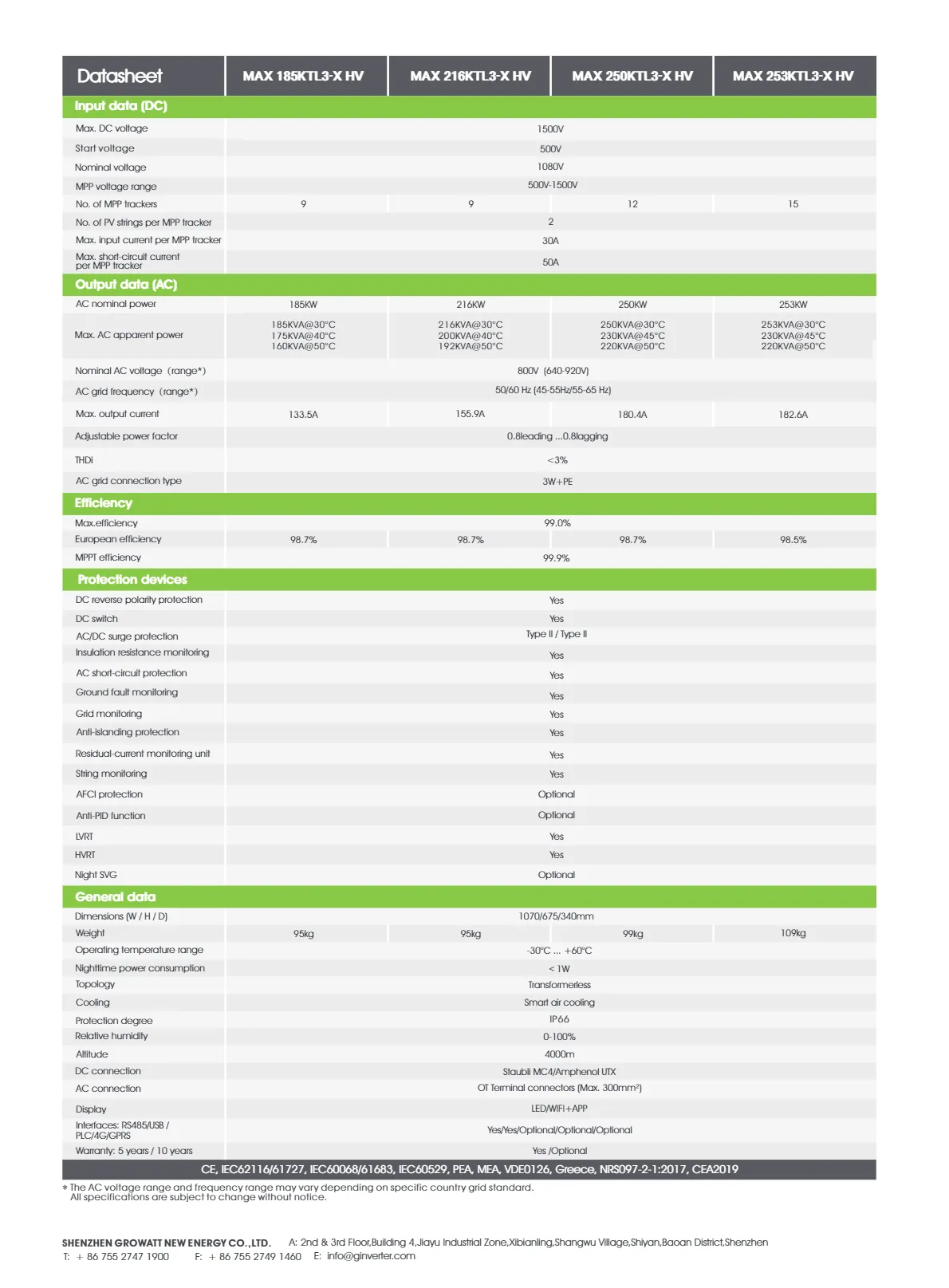solar panel setup
A Comprehensive Guide to Solar Panel Setup
The increasing awareness of climate change and the rising costs of traditional energy sources have led many homeowners and businesses to explore solar energy as a viable alternative. Setting up solar panels can be a rewarding investment, both financially and environmentally. This article provides a detailed overview of the steps involved in a successful solar panel setup.
Understanding Solar Energy
Solar panels convert sunlight into electricity, providing a renewable energy source for homes and businesses. They work by utilizing photovoltaic (PV) cells that generate direct current (DC) electricity when exposed to sunlight. An inverter then converts this DC electricity into alternating current (AC) electricity, which is what most household appliances use.
Step 1 Assessing Energy Needs
Before setting up solar panels, it’s essential to determine your energy needs. Review your electricity bills over the past year to understand your average consumption. Knowing your energy usage will help you decide how many panels you need, which will depend on your roof size, sunlight exposure, and your financial goals.
Step 2 Research Local Regulations and Incentives
Different regions have various regulations regarding solar installations. Before proceeding, check for local zoning laws, building codes, and permits required. Additionally, many governments offer incentives such as tax credits, rebates, or grants to encourage solar adoption. Researching these can significantly reduce your initial investment costs.
Step 3 Choosing the Right Type of Solar Panel
There are several types of solar panels available on the market, including monocrystalline, polycrystalline, and thin-film panels
.- Monocrystalline panels are known for their high efficiency and longevity but come at a higher price. - Polycrystalline panels are slightly less efficient but generally more affordable. - Thin-film panels are lightweight and flexible, making them suitable for unconventional surfaces, though they typically have lower efficiency.
Consider your budget, the available roof space, and the efficiency ratings when selecting the right panels for your situation.
solar panel setup

Step 4 Finding a Reliable Installer
Unless you have experience with electrical systems and roofing, hiring a professional installer is highly recommended. Look for reputable solar installation companies with good reviews and references. Obtain multiple quotes to compare prices and services while also inquiring about warranties and post-installation support.
Step 5 Installation Process
Once you have chosen your installer and approved the design, the installation process will begin. This typically involves
- Site Assessment The installer will assess your roof’s orientation, angle, shading, and overall suitability for solar panels. - Designing the System Based on your energy needs and roof specifications, the installer will finalize the system design, including the number and type of panels, inverter selection, and battery storage if applicable. - Installation The actual installation begins with mounting the solar panels using racking systems. Electrical wiring is connected, and inverters are installed as necessary. The entire process typically takes a few days, depending on the size and complexity of the system.
Step 6 Connecting to the Grid
After installation, the solar system needs to be inspected by local authorities, and your utility company must approve it. This process may differ by location, but it is vital to ensure everything is compliant with local regulations. Once approved, your system will be connected to the grid, allowing you to either use solar energy directly or send excess energy back to the grid in exchange for credits.
Step 7 Monitoring and Maintenance
Once your solar system is operational, it’s essential to monitor its performance. Many modern solar inverters come with monitoring capabilities, allowing you to track energy production from your smartphone or computer. Regular maintenance, which typically includes cleaning the panels and checking for any obstructions or damage, will help maintain optimal performance.
Conclusion
Setting up solar panels is a forward-thinking investment that can significantly reduce your carbon footprint while providing substantial savings on energy bills. By following these steps—assessing energy needs, researching regulations, selecting the right panels, hiring professionals, and monitoring system performance—you can enjoy the long-term benefits of solar energy. With the right setup, you’ll contribute to a sustainable future while enjoying the financial rewards of going solar.
-
Unlocking Energy Freedom with the Off Grid Solar InverterNewsJun.06,2025
-
Unlock More Solar Power with a High-Efficiency Bifacial Solar PanelNewsJun.06,2025
-
Power Your Future with High-Efficiency Monocrystalline Solar PanelsNewsJun.06,2025
-
Next-Gen Solar Power Starts with Micro Solar InvertersNewsJun.06,2025
-
Harnessing Peak Efficiency with the On Grid Solar InverterNewsJun.06,2025
-
Discover Unmatched Efficiency with the Latest String Solar InverterNewsJun.06,2025







